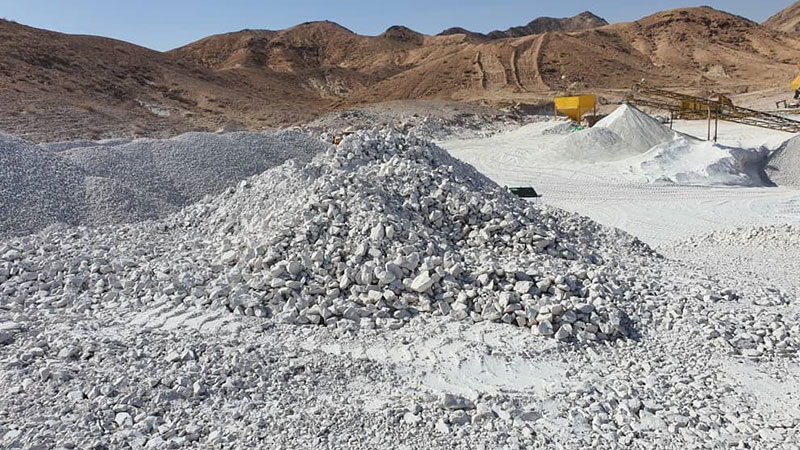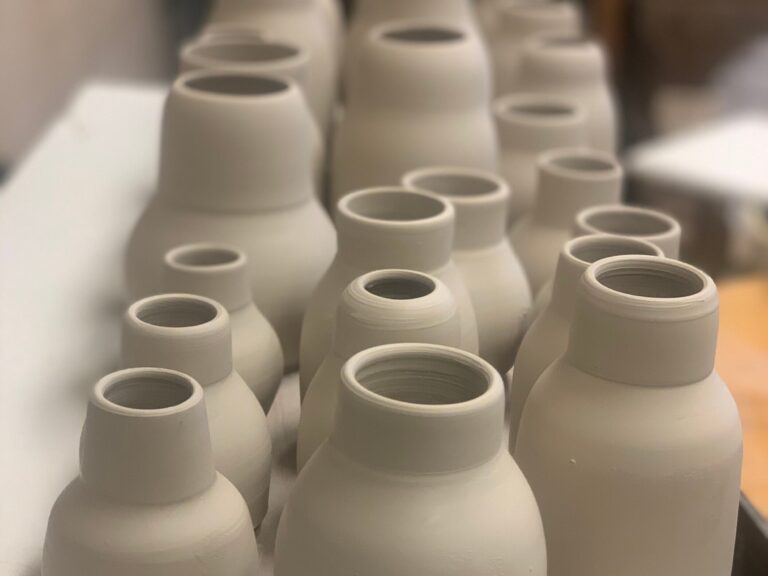Kaolin, a versatile clay mineral with a multitude of industrial applications, is poised to witness significant advancements and innovations in the coming years. From its historical significance to emerging trends and future prospects, the world of kaolin is evolving rapidly, driven by technological advancements and shifting market demands.
Kaolin, also known as china clay, is a naturally occurring clay mineral primarily composed of kaolinite, with traces of other minerals such as quartz and mica. Its unique properties, including high plasticity, non-abrasiveness, and whiteness, make it a valuable resource in various industries.
Historical Significance
The usage of kaolin dates back centuries, with early civilizations recognizing its potential in pottery, ceramics, and medicine. Over time, the extraction and processing techniques have evolved, paving the way for its widespread utilization in industries worldwide.
Current Applications of Kaolin
In the modern era, kaolin finds extensive use in industries such as paper, ceramics, cosmetics, and pharmaceuticals. In the paper industry, kaolin is employed as a coating and filler, enhancing brightness, smoothness, and printability. In ceramics, it serves as a crucial ingredient in the production of porcelain and ceramic tiles. Additionally, kaolin’s gentle abrasive properties make it a common ingredient in cosmetics and pharmaceutical formulations.
Challenges Faced by the Kaolin Industry
Despite its versatility, the kaolin industry faces several challenges. Environmental concerns related to mining practices, market competition from alternative materials, and technological limitations in processing present significant hurdles for industry stakeholders.
Emerging Trends in Kaolin Technology
However, advancements in technology are driving the kaolin industry forward. Sustainable extraction methods, such as land reclamation and water recycling, are gaining traction, addressing environmental concerns. Furthermore, nanotechnology applications are expanding the potential uses of kaolin, from enhancing mechanical properties to enabling targeted drug delivery systems. Advanced processing techniques, including centrifugation and magnetic separation, are improving efficiency and quality in kaolin production.
Innovations Driving the Kaolin Industry Forward
Innovations in the kaolin industry are diverse and promising. Companies are investing in the development of novel kaolin-based products, such as high-performance ceramics and advanced coatings. Moreover, the integration of kaolin in 3D printing materials is opening up new possibilities in additive manufacturing. Collaborations with other industries, such as electronics and automotive, are leading to innovative solutions that leverage kaolin’s unique properties.
Future Prospects of Kaolin
Looking ahead, the future of kaolin appears bright. The expanding markets in Asia-Pacific and Latin America present growth opportunities, particularly in construction and infrastructure development. Furthermore, the potential for kaolin in medical applications, such as wound healing and drug delivery, is being explored, offering new avenues for innovation. As sustainability becomes a priority, kaolin’s role in eco-friendly products and processes is expected to increase, driving demand in the years to come.
Investment Opportunities in Kaolin
For investors, the kaolin industry offers promising opportunities. Emerging economies with growing industrial sectors, such as China and India, present untapped markets for kaolin products. Investing in research and development initiatives aimed at kaolin innovations can yield substantial returns, particularly in niche markets. Additionally, strategic partnerships and acquisitions can provide access to new technologies and markets, positioning companies for long-term success.
FAQs
What are the main uses of kaolin?
Kaolin is used in various industries, including paper, ceramics, cosmetics, and pharmaceuticals, for applications such as coating, filler, and ingredients in formulations.
How is kaolin extracted?
Kaolin is typically extracted through open-pit mining or underground methods, followed by processing to remove impurities and refine the clay.
What are some environmental concerns related to kaolin mining?
Environmental concerns include habitat destruction, water pollution, and disruption of ecosystems due to mining activities.
Can kaolin be used in high-tech industries?
Yes, kaolin has applications in high-tech industries such as electronics and automotive, where its unique properties are leveraged for various purposes.
How does kaolin contribute to sustainability?
Kaolin contributes to sustainability through the development of eco-friendly products and processes, as well as the implementation of sustainable extraction and processing methods.
Conclusion
The future of kaolin is characterized by innovation, sustainability, and growth. With advancements in technology and a shifting global landscape, the kaolin industry is poised to thrive in the years ahead. By addressing challenges, embracing emerging trends, and seizing investment opportunities, stakeholders can contribute to shaping a bright future for kaolin technology.



Leave a comment